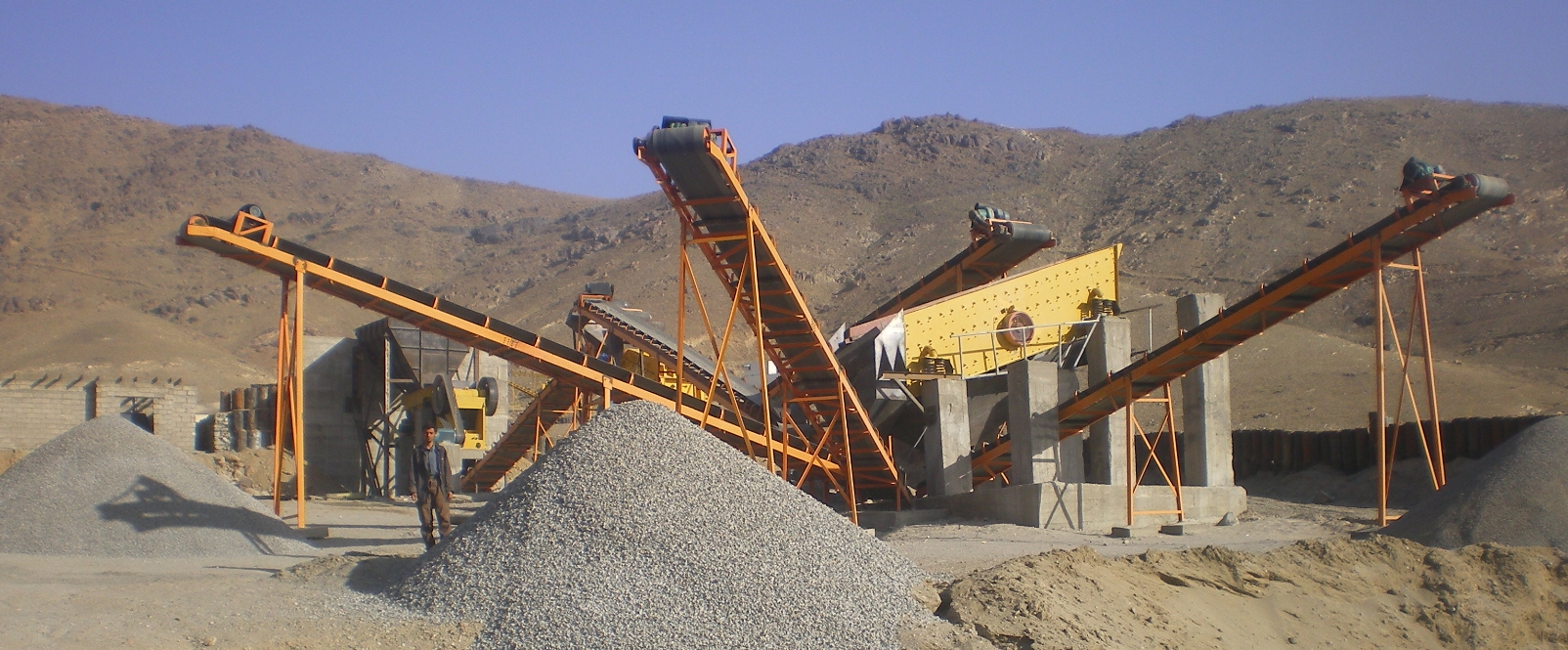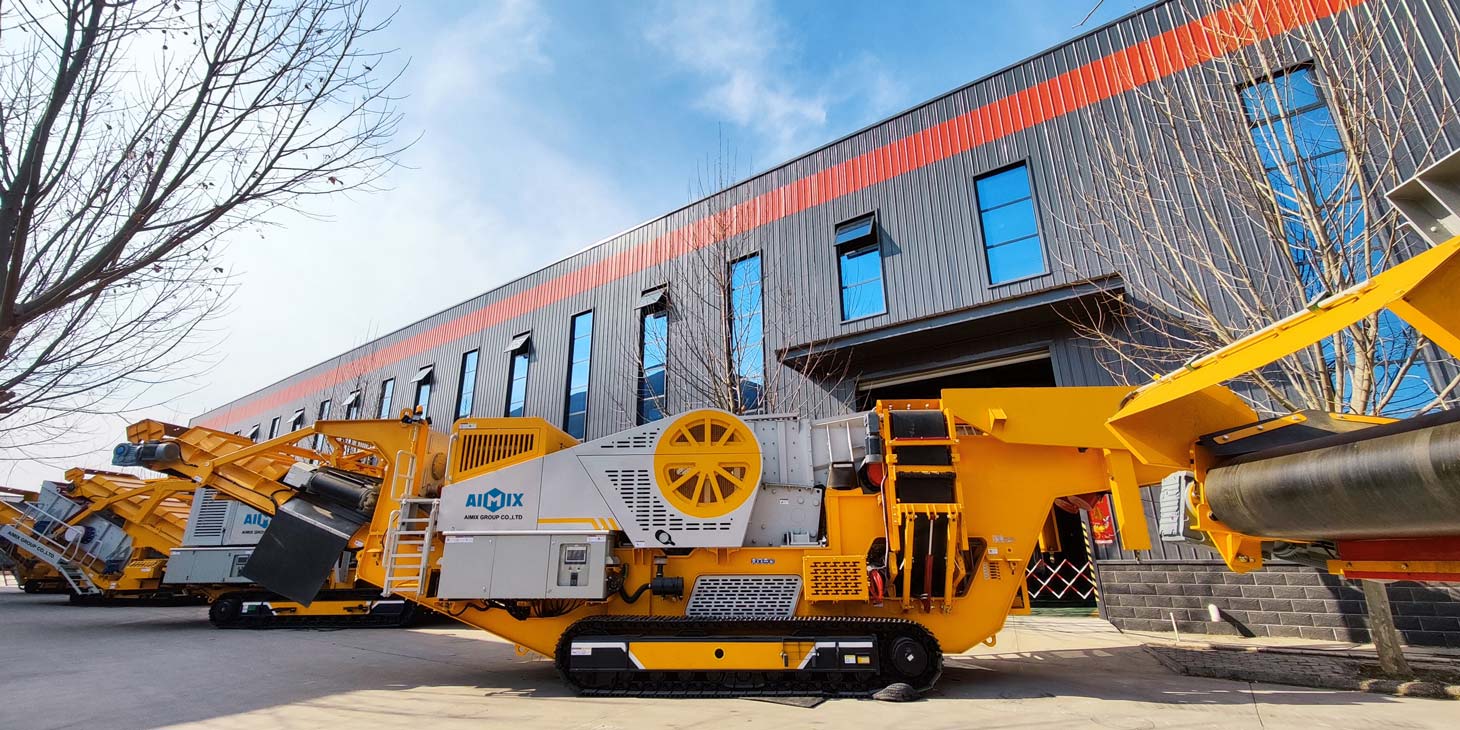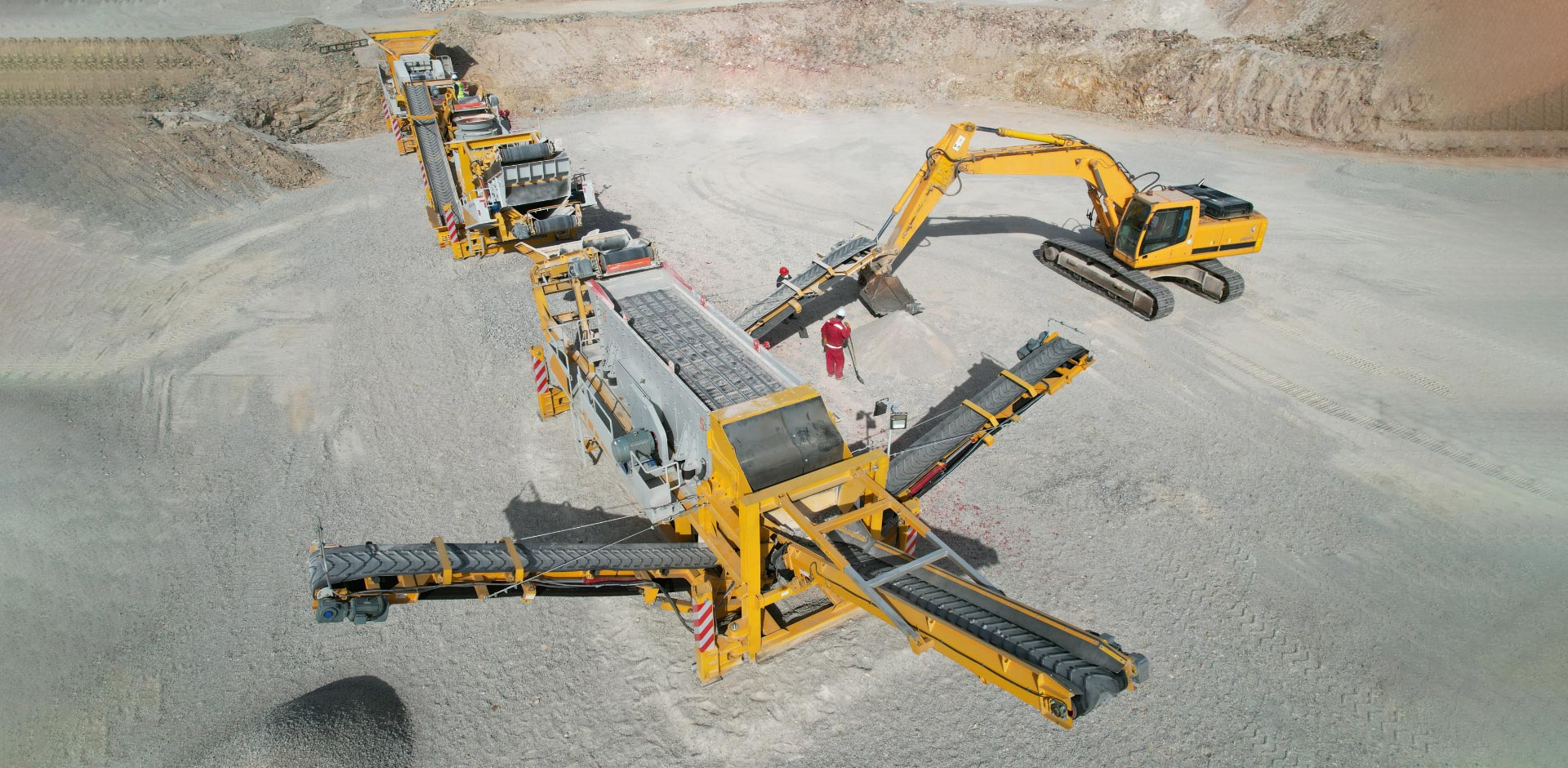Limestone is a versatile rock used in various industries, from construction to agriculture. It serves as a valuable material for creating gravel, which is essential for road bases, concrete production, and landscaping. Crushing limestone into gravel requires a systematic process to achieve optimal results. In this article, we will explore the key steps involved in mastering the process of limestone crushing.
Understanding Limestone Properties
Before diving into the crushing process, it’s crucial to understand the properties of limestone. Limestone is a sedimentary rock composed primarily of calcium carbonate. Its hardness, density, and moisture content can vary depending on its formation and location. By comprehending these characteristics, you can choose appropriate equipment and adjust the crushing parameters of Russia crushing plant for efficient and effective results.
Selecting the Right Equipment
The first step in the limestone crushing process is selecting the right equipment. Several factors come into play when choosing the machinery, including the desired output size, production capacity, and the feed material’s hardness. Commonly used equipment for limestone crushing includes jaw crushers, impact crushers, cone crushers, and hammer mills. Each type of crusher has its own advantages and limitations, so careful consideration should be given to determine the most suitable option for your specific needs.

Preparation and Pre-screening
Prior to crushing, proper preparation and pre-screening of the limestone rocks are essential. Large rocks need to be broken down into smaller, manageable sizes. This can be done using primary crushers or through mechanical methods like blasting. Once the rocks are of an appropriate size, they should go through pre-screening to remove any oversized or undersized particles that could negatively affect the crushing process. Pre-screening ensures a consistent feed size, improving the overall efficiency of the crushing operation of stone crushing plant in Uzbekistan.
The Crushing Process
The actual crushing process starts after the preparation stage. The limestone rocks are fed into the chosen crusher, where they undergo compression or impact forces to break them down further. The specific method and machinery used will depend on the selected equipment. It’s important to control the feed rate and adjust the settings of the crusher to achieve the desired output size. Regular monitoring and adjustments may be necessary to optimize the crushing process and ensure consistent quality of the crushed limestone.

Screening and Sorting
Once the limestone has been crushed to the desired size, it goes through screening and sorting processes. These processes separate the crushed limestone into different sizes based on their intended use. Screening involves passing the crushed material through screens with various-sized openings, allowing particles of the required size to pass through while others are rejected. Sorting may also involve additional steps, such as air classification or water-based separation, to further refine the product and remove any impurities or contaminants.
Quality Control and Testing
Quality control is an essential aspect of limestone crushing. Regular testing should be conducted to ensure that the crushed limestone meets the required specifications and standards. Key parameters to assess include particle size distribution, gradation, moisture content, and mechanical properties. Laboratory tests and on-site inspections can provide valuable information about the quality and consistency of the crushed limestone, allowing for necessary adjustments to be made if needed. If you plant to purchase a machine with high accuracy of quality control and testing, just browse this page: https://aimixcrusherplant.com/crushing-plant-bolivia/.
Maintaining and Optimizing the Crushing Equipment
To master the process of limestone crushing, it’s vital to maintain and optimize the crushing equipment. Regular inspections, lubrication, and proper maintenance are necessary to ensure the machinery operates efficiently and reliably. Additionally, staying updated with advancements in crushing technology and techniques of stone crusher plants in Chile can help improve productivity and maximize the lifespan of the equipment.
Crushing limestone to produce gravel is a crucial process that requires careful planning, proper equipment selection, and meticulous execution. By understanding the properties of limestone, selecting the right equipment, and following a systematic approach, you can master the process and achieve optimal results. Regular quality control measures and equipment maintenance further contribute to efficient and reliable limestone crushing operations. With these considerations in mind, you can transform rocks into high-quality gravel that serves as a cornerstone material in various industries.
